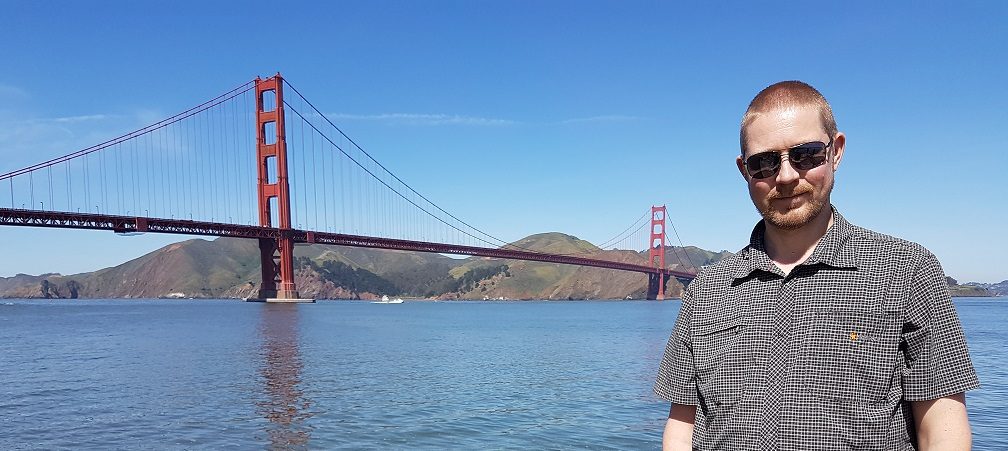

Why in Ohio?
“I actually changed my college. I left my first one and came here. Ohio University is a better place. Here, people are friendly. This is more like at home.” – Alexis, second-year student, Social and Communication studies Ohio University has been ranked first in the nation for overall student satisfaction, based on a […]
Why on the Move?
One of the key objectives of the Finnish universities is to reach a high international level in rankings. Several indicators for achieving this status have been determined, but clearly the main door is opened with the help of impactful and scientifically relevant collaboration. This sounds like an easy problem to be solved. Academics travel to […]